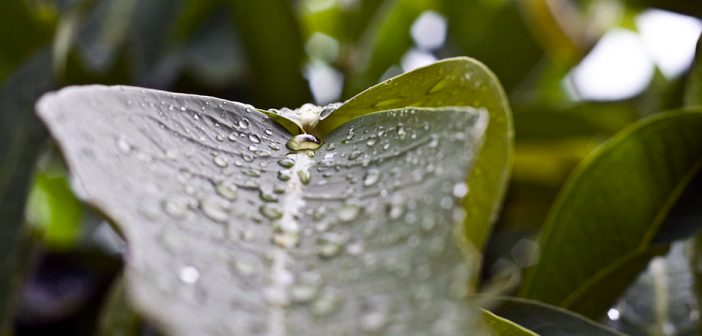A solution to help farmers to grow crops in dry areas or during stretches of drought may depend on breeding and cultivating plants that protect themselves with a thicker layer of leaf wax, a new study from the University of Southern California suggests.
Sarah Feakins, a scientist at USC who has studied leaf wax in the context of climate change, teamed up with researchers at Texas A&M University to research and develop drought-resistant crops. During tests with winter wheat the team found that the cultivars in a high and dry area of Texas generated more protective wax on their leaves to protect themselves against more extreme conditions.
“Water conservation depends on innovation, and in this case, we are hoping to find one solution by identifying the traits in this important food crop that would enable the plants to tolerate drought and still produce plenty for harvest,” explained Feakins.
All plants produce wax that helps their leaves repel water and shield the plant from insects and the elements. In the trials scientists grew 10 cultivars in two different locations under three different irrigation regimes. The team compared the leaf wax of all the plots to gauge their drought tolerance.
“We see a strong effect in the higher and drier location,” Feakins said. “We see the plants adapt to their environment and to better protect their leaves, allowing them to respond well to reduced irrigation.” It is hoped the work will help in the breeding of crops which are more drought resistant.

Photo Caption: Plants with waxy leaves are more tolerant of hot and dry conditions
Photo Credit: Flickr
The post The key to drought-tolerant crops may be in the leaves appeared first on Hort News.